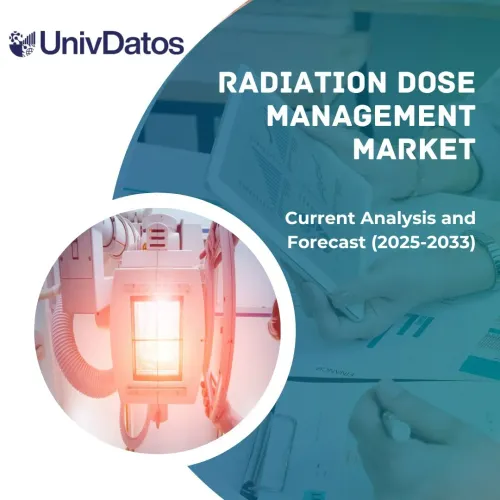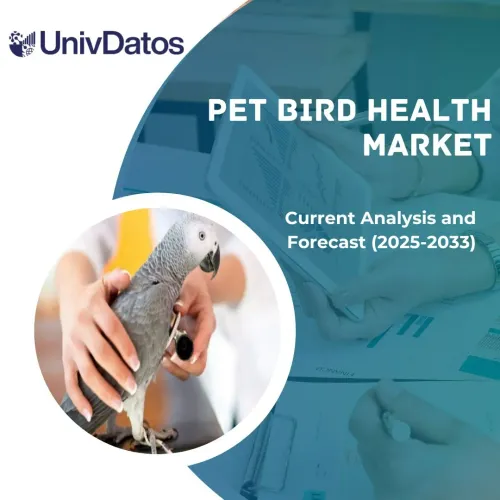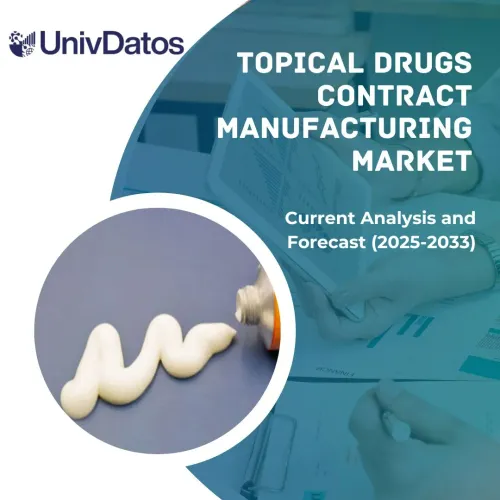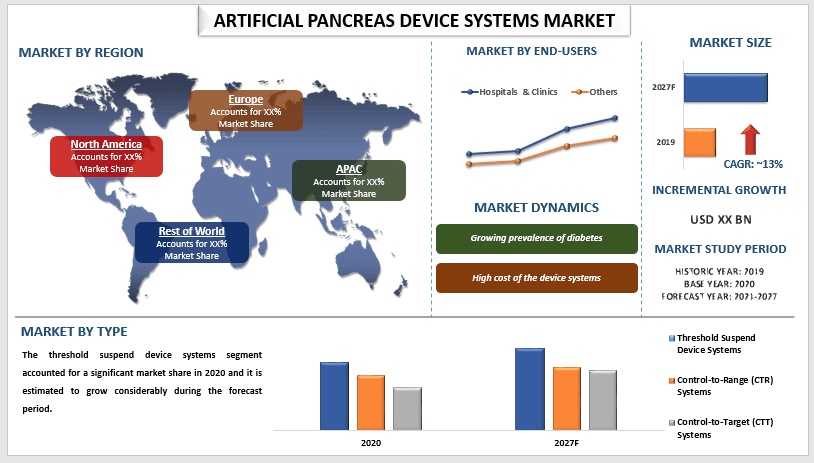
글로벌 인공 췌장 장치 시스템 시장은 예측 기간(2021-2027) 동안 약 13%의 높은 연평균 성장률(CAGR)로 성장할 것으로 예상됩니다.건강한 췌장의 포도당 조절 기능을 밀접하게 모방하는 장치 시스템은 인공 췌장 장치 시스템으로 알려져 있습니다. 대부분의 시스템은 연속 혈당 측정 시스템(CGM), 인슐린 주입 펌프 및 CGM 보정에 사용되는 혈당 장치(예: 혈당 측정기)를 포함한 3가지 유형의 장치로 구성됩니다. 인공 췌장 장치 시스템에 대한 수요는 전 세계적으로 당뇨병 환자가 증가함에 따라 증가하고 있습니다. 예를 들어, 세계 보건 기구에 따르면 전 세계적으로 약 4억 2,200만 명이 당뇨병을 앓고 있으며, 그 중 대다수가 저소득 및 중간 소득 국가에 거주하고 있습니다. 또한 매년 약 150만 명이 당뇨병으로 직접 사망합니다. 또한 국제 당뇨병 연맹은 2045년까지 전 세계적으로 약 7억 명의 성인이 당뇨병을 앓을 것으로 추정했습니다. 또한, 기술의 급속한 발전과 인구 사이에서 당뇨병에 대한 첨단 치료법에 대한 인식이 높아짐에 따라, 많은 업계 관계자들이 시장에 신제품을 출시하여 제품 포트폴리오를 확장하는 데 주력하고 있으며, 이는 결과적으로 전 세계적으로 인공 췌장 장치 시스템 시장을 주도하고 있습니다.
시장에서 운영되는 주요 업체 중 일부는 Medtronic Plc, Johnson & Johnson, Tandem Diabetes Care, Inc., Insulet Corporation, F. Hoffmann-La Roche Ltd, Beta Bionics, Bigfoot Biomedical, Inc., DexCom, Inc., Admetsys Corp., Defymed이며 인공 췌장 장치 시스템 시장에서 운영되는 주요 업체 중 일부입니다. 이러한 업체들은 고객에게 인공 췌장 장치 시스템을 제공하기 위해 여러 M&A와 파트너십을 수행했습니다.
보고서에 제시된 통찰력
“유형 중에서, 임계값 정지 장치 시스템 세그먼트가 주요 점유율을 차지합니다.”
제품 유형에 따라 인공 췌장 장치 시스템 시장은 임계값 정지 장치 시스템, 제어-범위 시스템 및 제어-표적 시스템으로 세분화됩니다. 임계값 정지 장치 시스템 세그먼트는 2020년에 상당한 시장 점유율을 차지했으며 예측 기간 동안 상당히 성장할 것으로 예상됩니다. 이 세그먼트의 성장은 제1형 당뇨병의 증가와 저혈당증 치료를 위한 유망한 장치로서 이 장치에 대한 선호도 증가에 기인할 수 있습니다.
“최종 사용자 중에서 병원 및 클리닉 세그먼트가 주요 점유율을 차지합니다.”
최종 사용자를 기준으로 인공 췌장 장치 시스템 시장은 병원 및 클리닉, 기타로 나뉩니다. 병원 및 클리닉 세그먼트는 잘 확립된 의료 인프라와 많은 환자 풀로 인해 환자의 병원 치료 선호도가 증가함에 따라 향후 몇 년 동안 빠른 속도로 성장할 것으로 예상됩니다. 또한 여러 첨단 장비의 존재와 병원에서 고도로 숙련된 의료 전문가의 가용성은 환자가 치료를 위해 병원을 선호하는 몇 가지 이유이기도 합니다.
“북미 지역은 인공 췌장 장치 시스템 시장에서 가장 큰 시장 중 하나를 나타냅니다.”
인공 췌장 장치 시스템 시장의 시장 역학을 더 잘 이해하기 위해 북미(미국, 캐나다 및 북미 나머지 지역), 유럽(독일, 프랑스, 스페인, 영국, 이탈리아 및 유럽 나머지 지역), 아시아 태평양(중국, 인도, 호주, 일본 및 APAC 나머지 지역)을 포함한 전 세계 여러 지역에 대한 자세한 분석이 수행되었습니다. 2020년에는 강력한 의료 인프라와 지역 내 인공 췌장 장치 시스템 채택 증가로 인해 북미가 인공 췌장 장치 시스템 시장 산업의 주요 시장을 구성합니다.
이 보고서를 구매해야 하는 이유:
- 이 연구에는 인증된 주요 업계 전문가가 검증한 시장 규모 및 예측 분석이 포함됩니다.
- 이 보고서는 전반적인 산업 성과를 한눈에 빠르게 검토하여 제시합니다.
- 이 보고서는 주요 비즈니스 재무, 제품 포트폴리오, 확장 전략 및 최근 개발에 중점을 두고 주요 업계 경쟁자에 대한 심층 분석을 제공합니다.
- 산업에서 만연한 동인, 제한, 주요 트렌드 및 기회에 대한 자세한 조사
- 이 연구는 다양한 세그먼트별로 시장을 포괄적으로 다룹니다.
- 산업에 대한 심층적인 지역별 분석
맞춤화 옵션:
글로벌 인공 췌장 장치 시스템 시장은 요구 사항 또는 기타 시장 세그먼트에 따라 추가로 맞춤화할 수 있습니다. 이 외에도 UMI는 귀하가 귀하의 고유한 비즈니스 요구 사항을 가질 수 있다는 것을 이해하므로 귀하의 요구 사항에 완벽하게 맞는 보고서를 받으려면 언제든지 문의하십시오.
목차
글로벌 인공 췌장 장치 시스템 시장 분석(2021-2027)을 위한 연구 방법론
과거 시장 분석, 현재 시장 추정, 글로벌 인공 췌장 장치 시스템 시장의 미래 시장 예측은 전 세계 주요 지역에서 인공 췌장 장치 시스템의 채택을 생성하고 분석하기 위해 수행된 세 가지 주요 단계였습니다. 과거 시장 규모를 수집하고 현재 시장 규모를 추정하기 위해 광범위한 2차 연구가 수행되었습니다. 둘째, 이러한 통찰력을 검증하기 위해 수많은 결과와 가정이 고려되었습니다. 또한 글로벌 인공 췌장 장치 시스템 시장의 가치 사슬 전반에 걸쳐 업계 전문가들과 광범위한 1차 인터뷰가 진행되었습니다. 1차 인터뷰를 통해 시장 규모에 대한 가정 및 검증 후, 완전한 시장 규모를 예측하기 위해 톱다운/바텀업 방식을 사용했습니다. 그 후, 시장 분석 및 데이터 삼각 측량 방법을 채택하여 산업의 세그먼트 및 하위 세그먼트의 시장 규모를 추정하고 분석했습니다. 자세한 방법론은 아래에 설명되어 있습니다.
과거 시장 규모 분석
1단계: 2차 자료 심층 연구:
과거 인공 췌장 장치 시스템 시장 규모를 얻기 위해 자세한 2차 연구가 수행되었습니다.연간 보고서 및 재무제표, 성과 발표, 보도 자료 등및 외부 자료 포함저널, 뉴스 및 기사, 정부 간행물, 경쟁사 간행물, 부문 보고서, 타사 데이터베이스 및 기타 신뢰할 수 있는 간행물.
2단계: 시장 세분화:
인공 췌장 장치 시스템 시장의 과거 시장 규모를 얻은 후, 주요 지역의 다양한 세그먼트 및 하위 세그먼트에 대한 과거 시장 통찰력 및 점유율을 수집하기 위해 자세한 2차 분석을 수행했습니다. 보고서에 포함된 주요 세그먼트에는 유형 및 최종 사용자가 포함됩니다. 또한 국가별 분석을 수행하여 전 세계 인공 췌장 장치 시스템의 전반적인 채택을 평가했습니다.
3단계: 요인 분석:
다양한 세그먼트 및 하위 세그먼트의 과거 시장 규모를 확보한 후, 자세한요인 분석을 수행하여 인공 췌장 장치 시스템의 현재 시장 규모를 추정했습니다. 또한 유형 및 최종 사용자와 같은 종속 및 독립 변수를 사용하여 요인 분석을 수행했습니다. 전 세계 인공 췌장 장치 시스템 부문에서 주요 파트너십, 인수 합병, 사업 확장 및 제품 출시를 고려하여 수요 및 공급 측면 시나리오에 대한 철저한 분석이 수행되었습니다.
현재 시장 규모 추정 및 예측
현재 시장 규모:위의 3단계에서 얻은 실행 가능한 통찰력을 바탕으로 현재 시장 규모, 인공 췌장 장치 시스템 시장의 주요 업체 및 세그먼트의 시장 점유율에 도달했습니다. 필요한 모든 점유율 분할 및 시장 분석은 위에 언급된 2차 접근 방식을 사용하여 결정되었으며 1차 인터뷰를 통해 검증되었습니다.
추정 및 예측:시장 추정 및 예측을 위해 동인 및 트렌드, 제약 및 이해 관계자에게 제공되는 기회를 포함한 다양한 요인에 가중치가 할당되었습니다. 이러한 요인을 분석한 후, 관련 예측 기술, 즉, 톱다운/바텀업 방식을 적용하여 전 세계 주요 시장에서 다양한 세그먼트 및 하위 세그먼트에 대한 2027년 시장 예측에 도달했습니다. 시장 규모를 추정하기 위해 채택된 연구 방법론은 다음을 포함합니다.
- 가치(미국 달러) 측면의 산업 시장 규모와 주요 시장에서 인공 췌장 장치 시스템의 채택률
- 시장 세그먼트 및 하위 세그먼트의 모든 점유율, 분할 및 분석
- 제공되는 제품 측면에서 인공 췌장 장치 시스템 시장의 주요 업체. 또한 빠르게 성장하는 시장에서 경쟁하기 위해 이러한 플레이어가 채택한 성장 전략
시장 규모 및 점유율 검증
1차 조사:주요 지역의 최고 경영진(CXO/VP, 영업 책임자, 마케팅 책임자, 운영 책임자, 지역 책임자, 국가 책임자 등)을 포함한 주요 의견 리더(KOL)와 심층 인터뷰를 진행했습니다. 1차 조사 결과를 요약하고, 가설을 입증하기 위해 통계 분석을 수행했습니다. 1차 조사 결과를 2차 조사 결과와 통합하여 정보를 실행 가능한 통찰력으로 전환했습니다.
다른 지역의 1차 참여자 분할
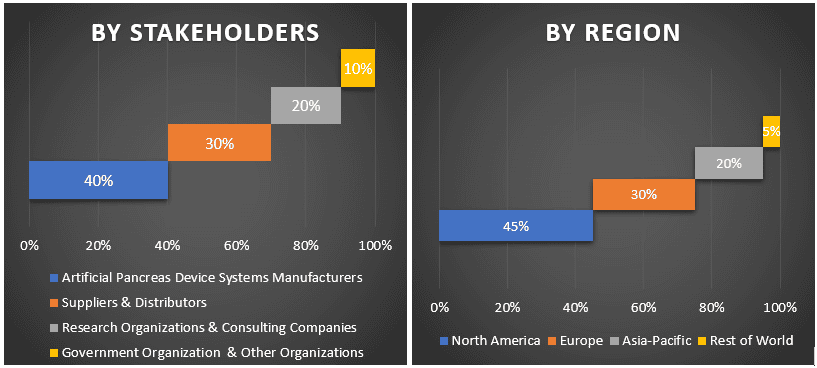
시장 엔지니어링
데이터 삼각 측량 기법을 사용하여 전체 시장 추정을 완료하고 인공 췌장 장치 시스템 시장의 각 세그먼트 및 하위 세그먼트에 대한 정확한 통계 수치를 도출했습니다. 데이터는 인공 췌장 장치 시스템 시장의 유형 및 최종 사용자와 관련된 다양한 매개변수 및 추세를 연구한 후 여러 세그먼트 및 하위 세그먼트로 분할되었습니다.
인공 췌장 장치 시스템 시장 연구의 주요 목표
본 연구에서는 인공 췌장 장치 시스템의 현재 및 미래 시장 동향을 파악했습니다. 투자자는 연구에서 수행된 질적 및 양적 분석을 기반으로 투자를 결정하는 데 사용할 수 있는 전략적 통찰력을 얻을 수 있습니다. 현재 및 미래 시장 동향은 지역 수준에서 시장의 전반적인 매력을 결정하여 산업 참여자가 미개척 시장을 활용하여 선점 이점을 얻을 수 있는 플랫폼을 제공했습니다. 연구의 다른 양적 목표는 다음과 같습니다.
- 가치(US$) 측면에서 인공 췌장 장치 시스템의 현재 및 예측 시장 규모를 분석합니다. 또한, 다양한 세그먼트 및 하위 세그먼트의 현재 및 예측 시장 규모를 분석합니다.
- 연구의 세그먼트에는 유형 및 최종 사용자와 관련된 영역이 포함됩니다.
- 인공 췌장 장치 시스템 산업에 대한 규제 프레임워크의 정의 및 분석
- 다양한 중개인의 존재와 관련된 가치 사슬을 분석하고 산업의 고객 및 경쟁자 행동을 분석합니다.
- 주요 지역에 대한 인공 췌장 장치 시스템 시장의 현재 및 예측 시장 규모를 분석합니다.
- 보고서에서 연구된 주요 지역에는 북미, 유럽, 아시아 태평양 및 기타 지역이 포함됩니다.
- 인공 췌장 장치 시스템 시장의 회사 프로필 및 시장 참여자가 빠르게 성장하는 시장에서 지속하기 위해 채택한 성장 전략
- 산업에 대한 심층적인 지역 수준 분석
관련 보고서
이 상품을 구매한 고객님들도 함께 구매하신 상품


